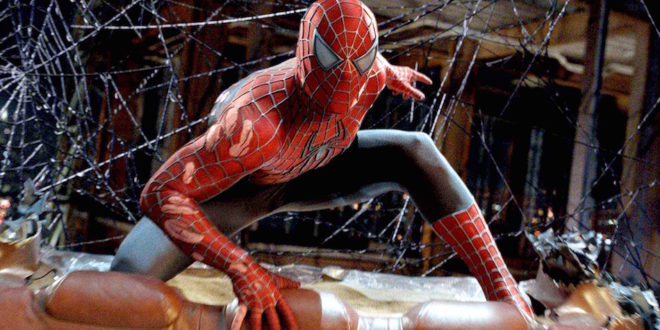Ever since the explosion of the comic book movie genre in the late ’90s, Spider-Man films have remained a mainstay of the superhero movie landscape. Spidey is hugely important to the Marvel legacy as a whole, but he’s also arguably the most popular comic book character of all time. Starting with Sam Rami’s 2002 film, simply titled Spider-Man, the character has remained a lynchpin of the genre. As a result of this, we’ve had eight theatrically released Spider-Man movies in seventeen years.
Throughout the Spidey’s cinematic legacy, the quality of his interpretations on the silver screen has varied dramatically. From the silly and weird to the tremendous and even downright atrocious, Spider-Man’s cinematic legacy presents a mixed bag to viewers. With Spider-Man: Far From Home finally arriving in theaters this month, there’s no better time to see how all of the Web Head’s cinematic outings stack up against one another. So without further adieu, let’s jump right into our ranking of all the theatrically released Spider-Man films thus far!
8. The Amazing Spider-Man 2
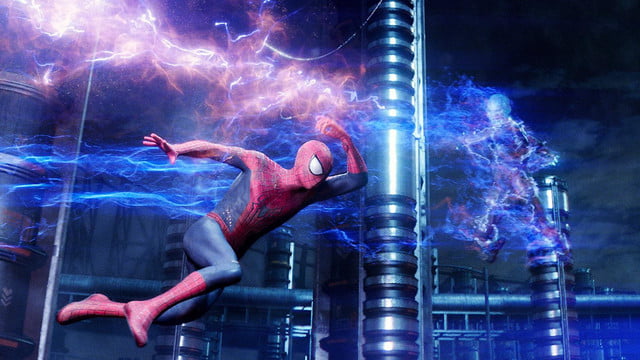
Out of all the character’s theatrically released films, The Amazing Spider-Man 2 is easily the worst. In many ways, it represents the culmination of nearly a decade of Sony mishandling the web-head’s cinematic outings. The plot is overstuffed and unnecessary, but it’s mostly just bad. It’s hard to hold the creative direction of the film against Marc Webb. At the same time, the film is clearly a victim of studio meddling. The design choices are highly questionable, writing and characterization are weak, and the film’s ending falls completely flat. With that said, the chemistry between Andrew Garfield and Emma Stone is easily the highlight of the film. On the flipside, Dane Dehaan and Jamie Foxx are woefully miscast and highly underused.
Overall, the film primarily represents misplaced intentions in nearly every way possible, which reflected in its disappointing box office haul. More so than any of this, The Amazing Spider-Man 2 also proves that Sony ignored the mistakes of the past. Not only this, but it also demonstrates that they had no idea what to do with the character. If there’s one thing to be grateful for, it’s that the failure of the film paved the way for Spidey’s inclusion in the MCU. Ultimately, this leaves the legacy of The Amazing Spider-Man 2 in a confusing place, just like the film itself.
7. Spider-Man 3
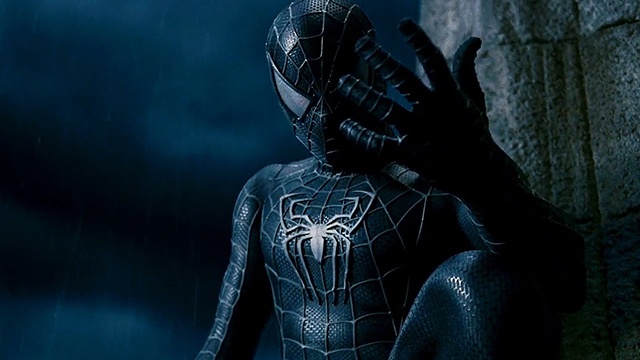
Spider-Man 3 is also a confusing movie, just in a slightly more bearable way. It’s trying to be many things, but it’s only mildly successful in a few of them. Even though some would consider Spider-Man 3 the worst of the entire franchise, it catches more flak from fans than it probably deserves to. Sam Rami was indeed a perfect fit to bring the first two installments to life. With the third film, however, it becomes increasingly clear that this wasn’t Rami’s intended vision.
It’s no secret that producer Avi Arad shoehorned Venom into the movie, and Topher Grace is woefully miscast. Rami didn’t know what to do with the character, let alone what makes Venom compelling and exciting. While we get more of the same from Tobey Maguire, Kirsten Dunst, and James Franco, Thomas Hayden Church is the MVP of the new cast members. Sandman was always intended to be the primary villain of the story. Unfortunately, the character is an afterthought in the third act, despite some interesting characterization beforehand.
The writing is rough, to say the least, which is perfectly encapsulated by the “emo Peter” sequences of the film. Similarly, Bryce Dallas Howard’s version of Gwen Stacey is inspired, but the film ultimately uses her as a plot device. Especially in the massive shadow of its predecessor, Spider-Man 3 is a disappointment on multiple levels. This is because it failed to cap the influential franchise in a way that felt like a satisfying end to the Rami trilogy. While Sony was unable to learn their lesson from the film, it remains a cautionary tale for overstuffed superhero threequels.
6. The Amazing Spider-Man
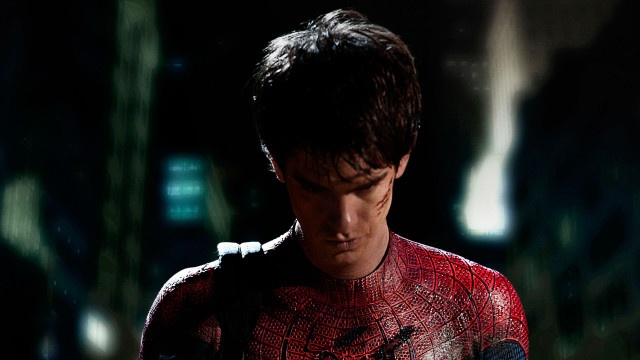
Although Sony failed to learn their lesson from Spider-Man 3, the follow-up doubled down on people’s willingness to accept “dark and gritty” reboots. In certain respects, The Amazing Spider-Man represents the misplaced hubris of Sony at the time. It isn’t a terrible film, but it’s also far from perfect. While it came out nearly a decade after the original, it tries to do the opposite of what the Rami films went for. Whereas The Amazing Spider-Man gets certain aspects of the character right, it also drops the ball on specific character traits. Similarly, Rami’s 2002 film gets right what this movie gets wrong. They’re very much two sides of the same coin, especially in terms of trying to differentiate the reboot.
Marc Webb’s style is inspired here, mainly because he opted for a more practical approach to shooting the film. He strikes an impressive tonal balance between the darker elements of the story and the high school romance. Andrew Garfield and Emma Stone have a natural chemistry together, which gives the film more energy than it should have. On the flipside, however, Garfield is a decent fit for Spider-Man but a terrible fit for Peter Parker. He’s literally too cool for school in the story, and this interpretation of the character ultimately broods far too much. Rhys Ifans’ casting is inspired, but the movie does nothing exciting with the character. Finally, Peter’s odd characterization makes the film feel like a bit of a non-sequitur, especially because Sony thought that they could do no wrong with the character at this point.
5. Spider-Man: Far From Home
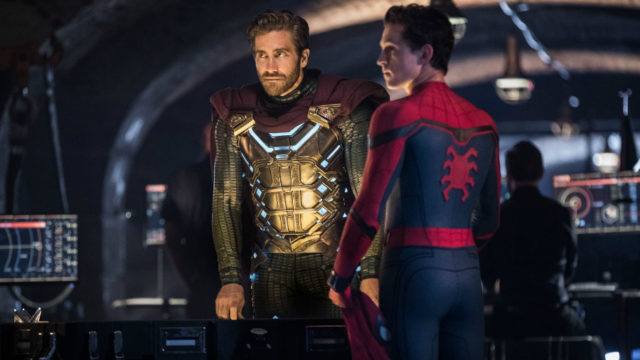
As the most recent big-screen iteration of the character, Spider-Man: Far From Home is an excellent sequel to a great reboot. Out of all the Spidey stories told on the big screen, this film is undoubtedly the weirdest. By introducing characters like Mysterio and The Elementals to modern audiences for the first time, this movie leans heavily into the Comic book aspects of the story. More so than this, the sequel is primarily a coming-of-age romantic comedy that happens to feature superheroes. Jon Watts does his best juggling an insane amount of story elements. That said, however, there’s nothing different or unique from his first outing within the MCU that makes it stand out.
The film is essentially a wind-down from the events of Avengers: Endgame, which makes the plot feel inconsequential. That is until the mid and post-credits sequences manage to both changes the game entirely. While we won’t get into spoilers here, it’s safe to say that the first of these sequences might completely change the fabric of Spidey moving forward. The chemistry between Tom Holland, Zendaya, and the rest of the cast are better than ever. Jake Gyllenhaal steals the show with a scenery-chewing performance. Except for one notable sequence in the third act that was ripped straight from the comics, the action is mostly forgettable. Beyond these elements, however, the film isn’t as concise and well-rounded as some of its better predecessors. For these reasons and more, Spider-Man: Far From Home is an excellent sequel that manages to fall short of the franchise’s high water mark.
For my theatrical review of the film, click here.
4. Spider-Man
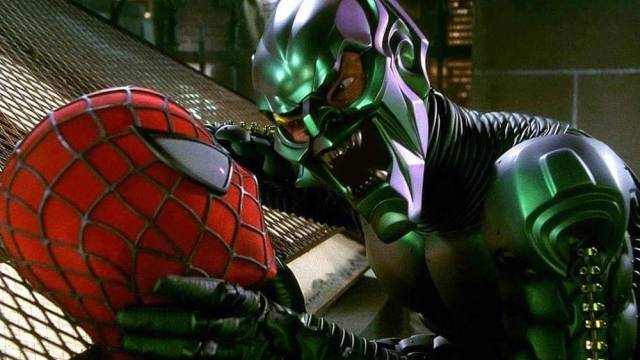
2002’s Spider-Man is an essential film for several key reasons, but mostly because it remains a crucial piece of the character’s cinematic legacy. Without the critical and financial success of Rami’s influential film, the comic book movie landscape might look very different today. It solidified Peter Parker as an vital pop culture mainstay. Not only this, but it also proved that audiences were hungry for quality superhero adaptations to the silver screen. More than anything, it established the origin story formula used in superhero movies for the following decade. While some aspects of the film are dated, Spider-Man primarily represents timeless filmmaking. Aside from a few changes like the organic web shooters, Rami’s approach represents a classic version of the character.
It propelled Maguire, Dunst, and Franco into stardom, while also proving that each was perfect for their respective roles. Although Willem Dafoe is absolute gold as Norman Osborn in the film, the visual design of the Green Goblin teeters on being laughable. Despite this, it’s leaps and bounds better than the way that The Amazing Spider-Man 2 handled the character. In hindsight, Maguire is a bit old for the role, especially within the high school sequences. Nevertheless, Maguire manages to embody the silver age version of Peter Parker in a supremely convincing way. Over seventeen years after it’s release, Spider-Man still holds up with solid storytelling and excellent craftsmanship all around.
3. Spider-Man: Homecoming
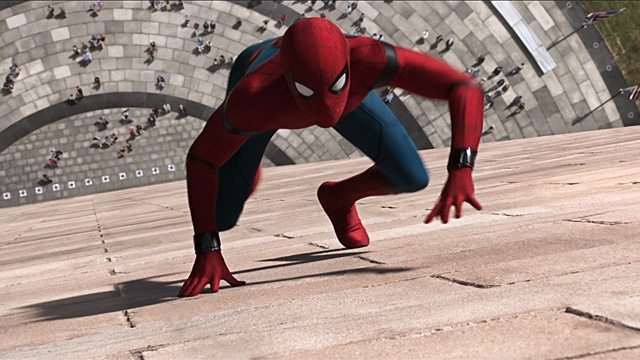
As the reboot that was a direct response to the failure of The Amazing Spider-Man 2, Spider-Man: Homecoming had a boatload of course-correction to do. Luckily, Sony and Marvel were able to strike a deal that allowed for the character’s inclusion in the MCU. Marvel Studios were able to work their magic by taking Spidey back to his high school roots. The result was one of Spider-Man’s best big-screen outings yet. Peter’s inclusion in the MCU is a breath of fresh air for the franchise. With the steady guiding hand of MCU mastermind Kevin Feige and Jon Watts at the helm; Marvel proved that quality storytelling ultimately matters for audiences.
Although Tom Holland made his MCU debut in Captain America: Civil War, Homecoming allows him to embody the character perfectly. The supporting cast, including Robert Downey Jr. – all elevates the material, which is extremely well conceived and written. It’s Michael Keaton’s portrayal of the Vulture, however, that truly elevates the film to another level. In certain respects, Keaton’s performance is the first excellent villain portrayal in the MCU. Although this is a trend that would continue throughout Phase Three, the scene in the car is still a master class in effective & tense storytelling. Filled with heart, humor and great performances all around, Spider-Man: Homecoming features top-notch filmmaking. More importantly, it reminds us why we love Spidey in the first place, which is all we can ask for.
For more on the making of Spider-Man: Homecoming, click here.
2. Spider-Man 2

For many people, Spider-Man 2 represents the pinnacle of Spidey’s feature-length outings. It’s true that the film captures the essence of Peter’s struggle in a singular story with “Spider-Man No More.” But what makes it extremely effective is that Spider-Man 2 remains a timeless tale that still holds up as well as the day that it was released. More so than the first and third entries, nothing feels dated about the film. From the tone and pacing to the ingenious mix of practical and visual effects, everything is so well executed that it’s hard to deny the depth and intricacy that this movie provides.
In many ways, Spider-Man 2 presents the pinnacle of Rami’s career. Especially in terms of overall craftsmanship, there’s no detail that that goes unnoticed in Rami’s opus. The aforementioned lead trio of performers gives their best performances of the trilogy. As with every great Spider-Man story, however, creating a complex villain is vital. Alfred Molina’s presence ultimately elevates the sequel to another level. More importantly, Molina also creates a portrayal of Doc Ock so perfect that it’s going to be hard for another actor to top the iconography of his performance. Whereas Rami’s Spider-Man established the characters and laid the groundwork for the sequel, Spider-Man 2 improves upon the original in every way imaginable. Despite very few flaws, it’s nearly impossible to come by classical filmmaking that is this tight, effective, and memorable nowadays.
1. Spider-Man: Into The Spider-Verse

Without trying to be hyperbolic, Spider-Man: Into the Spider-Verse is pretty much perfect filmmaking on every level. It’s hard to underestimate how effective the film is as a story, let alone one within the superhero genre. It’s just a good story, well told, which makes it easily the most effective Spider-Man movie to date. As the only Spider-Man movie not to feature Peter Parker as the lead character, Into the Spider-Verse allows fan-favorite character Miles Morales to step into the spotlight. It’s a refreshing story choice that is notable for giving us the first African American version of Spider-Man. More importantly, it successfully introduces the concept of a multiverse on the silver screen for the first time. The writing and direction are outrageously dense, but the groundbreaking visuals are what makes the film truly special.
More so than any other movie within the superhero genre as a whole, Spider-Man: Into the Spider-Verse is a perfect translation of a comic book feel to the big screen. Rather than shying away from the comic-book-ness of the story and characters, this film leans into them. It’s a perfect amalgamation of what makes comic book storytelling so powerful, while also being thoroughly entertaining at the same time. Every detail is thought out and meticulously crafted – there’s no wasted space. The film’s victory at this year’s Academy Awards for Best Animated Feature only solidifies its legacy as an essential and powerful work within the superhero genre. In short, Spider-Man: Into the Spider-Verse is not only the most culturally relevant film in the series, but it is also bound to inspire a whole new generation of Spidey fans.
For my theatrical review here & my 4K Blu-ray review of the film here. How would you rank the theatrically-released Spider-Man films? Make sure to let us know in the comment section below!
 Age of The Nerd
Age of The Nerd
